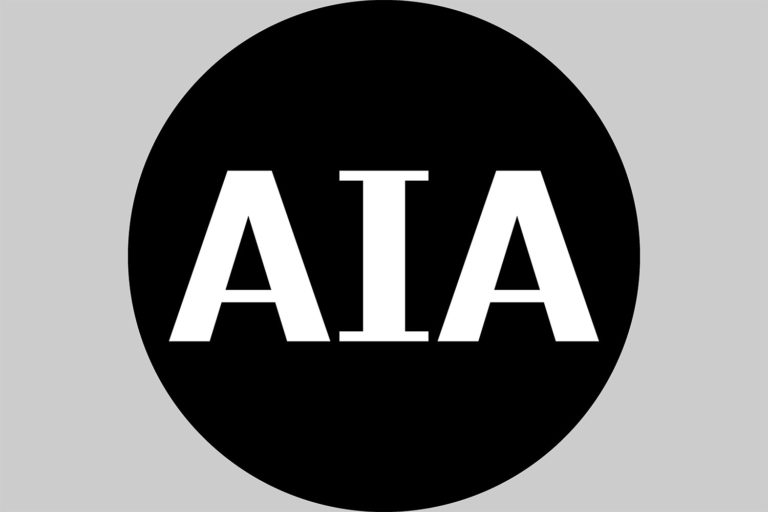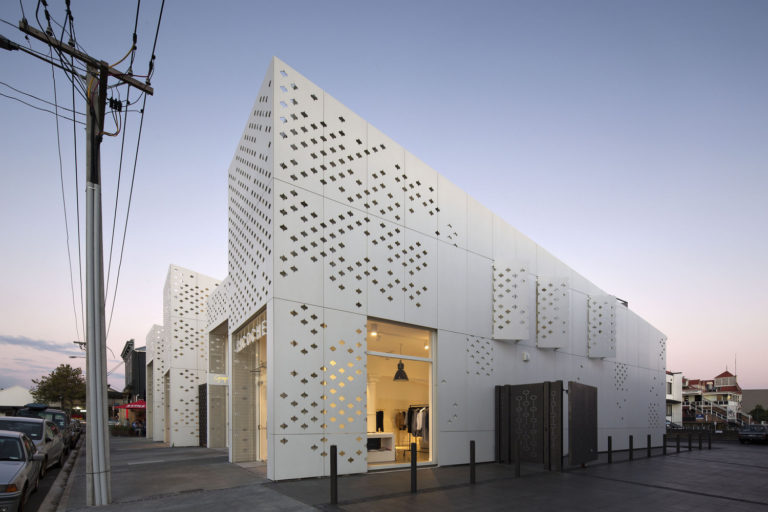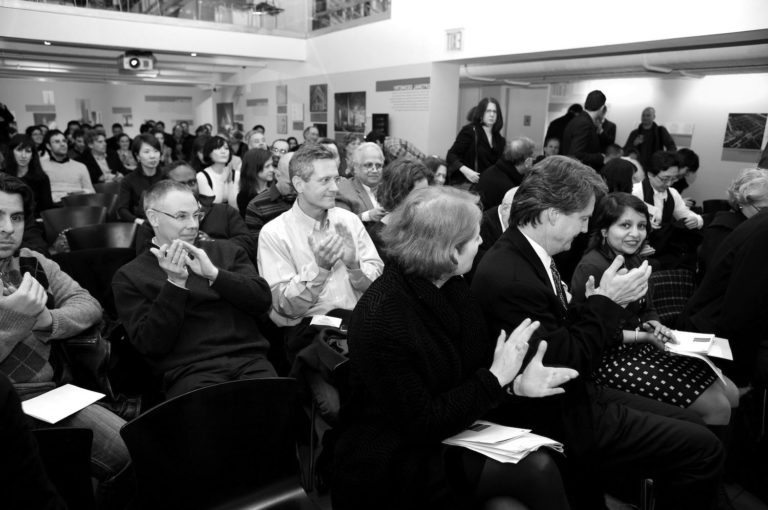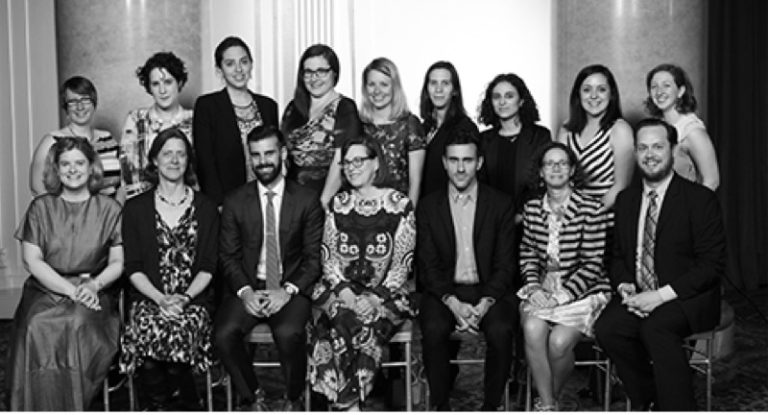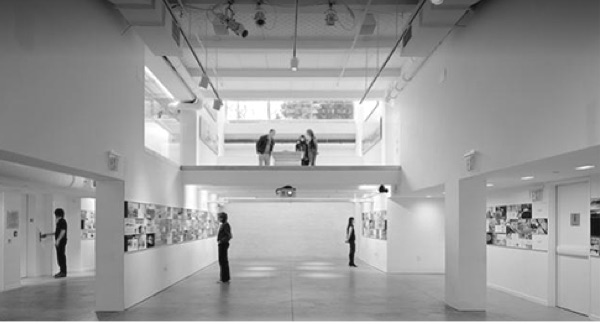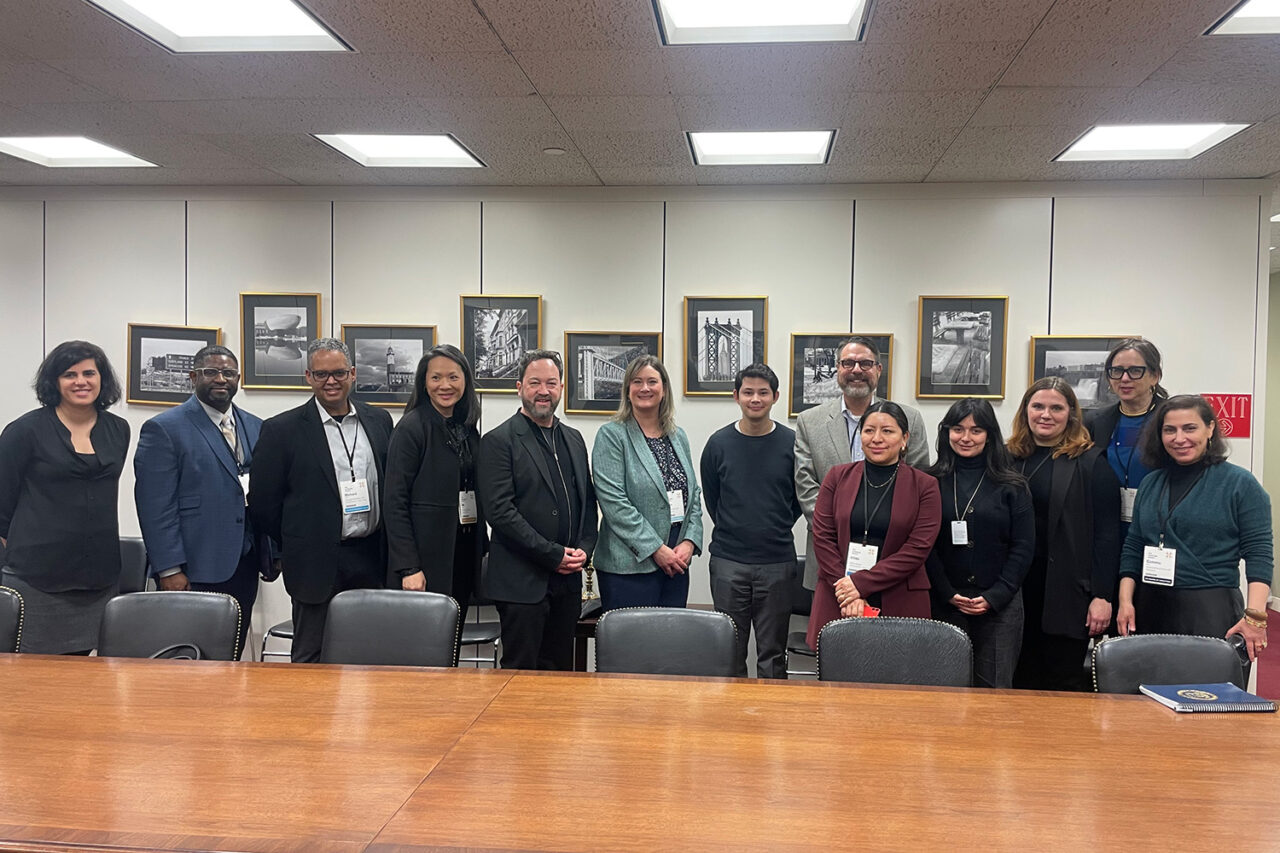February 26, 2025
by: Bria Donohue
by: Bria Donohue
AIA New York was in Washington, D.C. today to meet with members of the New York congressional delegation, including Senator Schumer, Senator Gillibrand, Congressman Goldman, Congressman Nadler, and Congresswoman Velazquez. Our advocacy was focused on five priorities:
1. Support for tax incentives for architects to encourage investment in research and development
-
- R&D Tax Credit—provides tax savings for companies investing in innovation (such as engineering solutions, energy-efficient design, and innovative building materials or techniques)
- R&D Expensing—allows businesses to deduct research and development expanses in the year they are incurred, which is useful for projects that require upfront investment in technology and experimentation
- 199A Pass-Through Deduction—provides a 20% deduction on qualified business income for pass-through entities like partnerships and S corporations
- Low-Income Housing Tax Credit (LIHTC)—incentivizes affordable housing development and provides necessary financing to get projects completed
- 179D Energy-Efficient Commercial Buildings Deduction—rewards the design of energy-efficient buildings by allowing firms to claim deduction for sustainable design
- Historic Tax Credit (HTC)—provides credit for the rehabilitation of historic buildings and incentivizes clients to engage in these projects
2. Support for housing programs that enable affordable housing development
-
- HOME Investment Partnerships Programs, Community Development Block Grant Program (CDBG), and Low-Income Housing Tax Credit (LIHTC) are vital programs for addressing the nationwide housing crisis through development, streamlined processes, and innovation. These programs are critical for state and local government finance affordable housing.
3. Support for resiliency programs
-
- Natural disasters increasingly threaten communities across the US, and federal programs such as FEMA’s Hazard Mitigation Assistance Grant programs play a critical role in addressing the challenge of community resilience.
- Every $1 spent on disaster mitigation saves $6 in damage and cleanup costs, with an additional $7 saved in economic costs post-event.
- Investments in hazard mitigation and resilience enable architects to collaborate on community solutions, working alongside local governments and other stakeholders to retrofit or rebuild structures with a focus on reducing vulnerability.
4. Support for the Democracy in Design Act (HR964/S366)
-
- In one of his first acts back in office, President Trump reissued an executive order titled “Promoting Beautiful Federal Civic Architecture,” which creates an official preference for classical and traditional architecture for federal buildings.
- The Democracy in Design Act codifies the US GSA’s “Guiding Principles for Federal Architecture,” which prohibits a national design style and encourages the government to avoid uniformity in building design. This bill has bipartisan support.
5. Send letter to Federal Acquisition Regulation (FAR) Council urging them to revise fee limitations for federal contracts
-
- 80 years ago, a fee cap on federal contracts was put in place at 6%. AIA is asking the FAR Council to clarify that the 6% fee limitation for A/E services on non-military public projects applies to only cost-plus-a-fixed fee contract and that the Brooks Act QBS standard applies to all other types of federal contracts for A/E services.
- The National Defense Authorization Act was recently pass by Congress and signed by the President. This law raised the fee limitation from 6% to 10% for defense contract.
